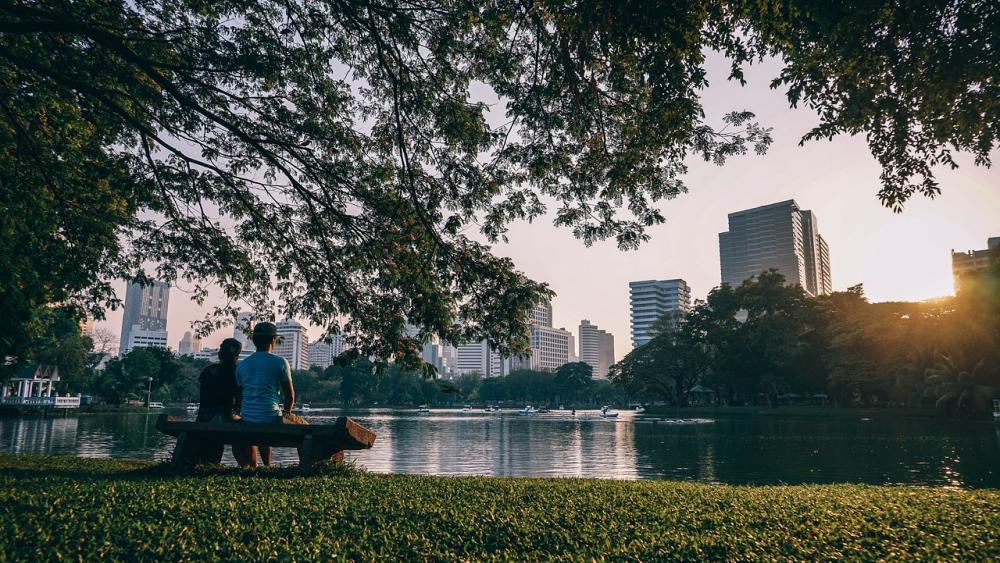
"Ecology of reconciliation" brings benefits for people and wildlife. | Photo: igorovsyannykov on pixabay
Climate warming and urbanisation both lead to major environmental changes such as rising temperatures, reduced water availability, altered hydrology, increased likelihood of toxic algal blooms and reduced habitat connectivity. These environmental changes affect species diversity and how species and genes move through the landscape.
The researchers developed an integrated framework that considers how these two key drivers of global change affect both the ecological and evolutionary dynamics that determine local and regional patterns of biodiversity.
Cities as barriers to or starting points for species to colonise surrounding areas
“The spatial setting of cities and of green corridors in cities is crucial in determining how rapidly increasing urbanisation interacts with climate change. This leads to very different scenarios. Cities can be barriers for species during their range shifts following climate warming, but cities can also be a source of species and genotypes that are already adapted to urban heat islands and colonise the wider region in an out-of-the-city scenario,” explained Professor Luc De Meester, Director of IGB and co-author of the study.
In a third scenario, urban biodiversity declines rapidly under climate change because the surrounding areas lack species that can survive in the harsh urban environment. Such interactions between rural and urban areas can have profound consequences for regional species diversity.
Ecology of reconciliation: benefits for people and wildlife
“A proper understanding of how climate change and urbanisation interact provides insights into how we can do better. The creation of larger and interconnected natural areas is particularly important. Such corridors within and between cities, running parallel to climate gradients, could promote genetic diversity and allow species to avoid disturbance, find refugia or access new habitats. Within cities, these corridors also provide more ecosystem services than isolated parks spread across the city. It would also reduce social inequalities, as currently parks are often located in more affluent and less socially diverse neighbourhoods,” De Meester continued.
Such nature-based solutions not only mitigate the effects of climate change and urbanisation, but also promote biodiversity and quality of life for urban residents, as green spaces and urban ponds have a positive impact on mental health. This concept, also known as “reconciliation ecology”, involves creating habitats that benefit both people and native wildlife.






